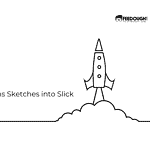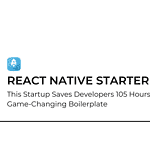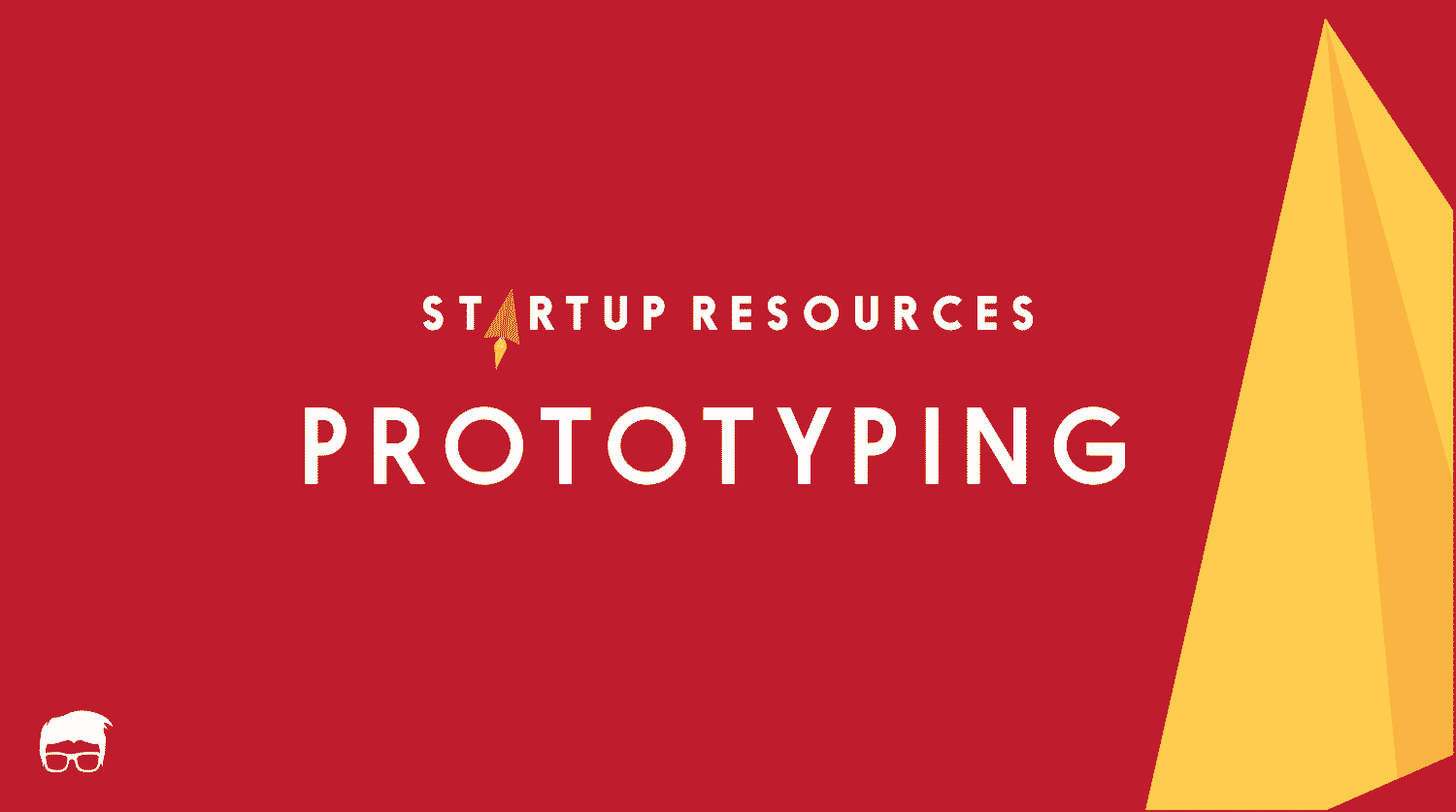Frontend development can feel like a tug-of-war. On one side, there’s the need for creative, fluid designs. On the other, the reality of constant window-switching between code editors and browsers. It’s the kind of back-and-forth that distracts from creativity and drains productivity. Developers often find themselves stuck in this cycle, craving an efficient way to weave visual styling into their coding process without losing focus.
What if there was a way to break this cycle? That’s where TweakSync steps in. This handy tool enables developers to style web pages directly in Chrome, with real-time syncing to their VS Code workspace—all with a single click. It’s about working smarter, not harder.
In a recent interview, founder Mohamed Hazeem shared the inspiration and vision behind TweakSync, painting a picture of a seamless integration that transforms the frontend development experience. Let’s dive in to see how he turned a personal frustration into a promising opportunity for developers everywhere.
What is TweakSync?
TweakSync is a tool designed for front-end developers, web designers, and full stack developers, helping them style web pages in real-time. These individuals often juggle numerous tasks, requiring efficient solutions to maintain focus on their creative work. TweakSync addresses a persistent challenge of the time wasted switching between a code editor like VS Code and a browser like Chrome.
Consider a scenario where a developer is adjusting styles in their HTML. Typically, they would tweak the code in their editor, switch to the browser to see changes, and repeat this cycle. TweakSync alters this workflow by allowing you to style directly within Chrome. Changes are synced back to the VS Code environment with a single click, removing the manual back-and-forth.

What truly sets TweakSync apart is its ease of use and seamless integration with both HTML and React projects. Unlike other tools that focus solely on visual editing, TweakSync combines visual feedback with the structure that coders value. This capability significantly enhances productivity and reduces the potential for errors, creating a more streamlined workflow for developers.
TweakSync Founders
Mohamed Hazeem is the architect behind TweakSync, a solo developer whose journey began in the world of mobile game development. In that environment, he thrived on visual interaction and immediate feedback, crafting experiences that were both engaging and polished. Transitioning to full stack web development, he faced a stark contrast. The cumbersome back-and-forth between code editors and browser previews often hampered his creative flow. It was this frustration that crystallised his vision for TweakSync.
The early days of TweakSync were marked by challenges. The primary hurdle was crafting a tool that could efficiently bridge the gap between styling in the Chrome browser and syncing those changes to VS Code. Hazeem experimented with various approaches, meticulously debugging the integration to ensure a smooth user experience. He relied heavily on feedback from fellow developers. Their insights proved invaluable in refining TweakSync’s functionality, ensuring that it addressed the real pain points faced by its users.
From the outset, the concept was driven by a need for an effective workflow solution. While tools existed for visual editing, they often lacked the crucial ability to sync changes back to the codebase seamlessly. Hazeem aimed to create a platform where developers could not only see their changes in real time but also maintain control over their code. This focus on merging visual processing with technical coding was pivotal in shaping TweakSync’s identity.
Though Hazeem embarked on this journey alone, his dedication to continuous improvement has already begun to carve out a niche for TweakSync in the crowded development landscape. As TweakSync evolves, the commitment to user-centric design remains a central theme, ensuring that developers receive more than just another tool, but a genuine solution to their workflow challenges.
Interview with Mohamed Hazeem, Founder of TweakSync
I recently had the opportunity to interview Mohamed Hazeem, the founder of TweakSync. He shared insights about his startup and the journey behind creating the tool designed to simplify the workflow for front-end developers.
Q: Can you introduce yourself and tell us what TweakSync does?
A: I am Mohamed Hazeem, and I represent TweakSync as its founder. TweakSync helps front-end developers style web pages in real-time. It syncs changes from Chrome directly to their VS Code codebase, ultimately boosting productivity and improving workflow efficiency.
Q: Who is your target audience?
A: TweakSync primarily serves front-end developers, web designers, and full stack developers. These professionals often work on styling and building web pages. They prefer writing code but seek effective ways to visually edit and test without disrupting their flow.
Q: What primary problem does TweakSync aim to solve?
A: The main issue we address is the inefficient workflow that front-end developers experience while styling web pages. Traditionally, developers have to switch endlessly between their code editor, like VS Code, and their browser, like Chrome. This disrupts focus and slows down productivity. TweakSync provides a solution by enabling real-time styling directly in Chrome and syncing those changes back to VS Code with a single click.
Q: How does TweakSync solve this problem?
A: TweakSync integrates Chrome and VS Code to create a better workflow for web development. Developers can visually edit and style web pages in Chrome, receiving immediate feedback. When they make changes, they can sync those edits back to their VS Code environment instantly, applying updates to the correct files. This integration drastically reduces the time spent on repetitive tasks.
Q: Can you share some insights on your journey in building TweakSync?
A: My background is in mobile game development, where the work often involved visual elements and real-time feedback. Transitioning to full stack web development, I struggled with styling web pages efficiently due to the traditional back-and-forth process. I created TweakSync to bridge the gap between visual styling and coding. The early days presented challenges, particularly in integrating real-time styling with VS Code, but I iterated based on developer feedback to enhance usability.
Q: What sets TweakSync apart from its competitors?
A: Many tools focus solely on visual editing in the browser. TweakSync, however, allows developers to see and adjust styles in real-time and sync those changes directly to their codebase. It’s crafted with both HTML and React developers in mind, making it compatible across various project types. This fusion of visual feedback and coding control is what differentiates TweakSync in the market.
Q: What are your plans for the future of TweakSync?
A: I plan to expand TweakSync’s capabilities, including support for additional browsers like Firefox and Edge. We’re working on advanced CSS support for deeper customisation and responsive design features. I also aim to enhance compatibility with popular frameworks such as Vue.js and Angular to help a broader range of developers streamline their workflows.
Q: How is TweakSync performing in terms of users and revenue?
A: Currently, we serve an average of 15 customers per month. As we gain visibility, we expect that number to grow. Right now, TweakSync doesn’t generate revenue, but our focus on user satisfaction and continuous improvement will help us in the long run.
Q: Any advice for aspiring entrepreneurs?
A: Start with a clear vision of the problem you want to solve and ensure there’s demand for your solution. Validate your idea early by testing it with potential users. Stay resilient and focused on your customers’ needs. Build a strong network and seek feedback regularly to iterate on your product. Lastly, celebrate small wins to stay motivated.
Feedough’s Take on TweakSync
TweakSync shows great promise in revolutionising frontend development. By streamlining the workflow, it has the potential to disrupt how developers create and style web pages. The real-time syncing feature is a game changer, turning frustration into fluidity. As TweakSync expands compatibility and adds more advanced features, we can expect it to capture a larger user base.
However, scaling could pose challenges, especially as competition heats up in the tools market. Keeping user feedback at the forefront will be key to overcoming these hurdles. Overall, TweakSync is well-positioned for growth, offering a unique blend of efficiency and control that the developer community will likely embrace.
A startup consultant, digital marketer, traveller, and philomath. Aashish has worked with over 20 startups and successfully helped them ideate, raise money, and succeed. When not working, he can be found hiking, camping, and stargazing.









